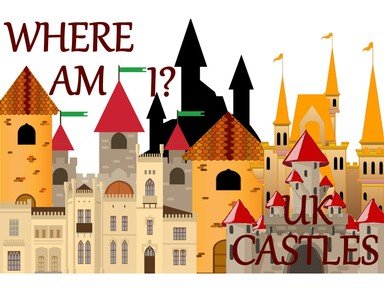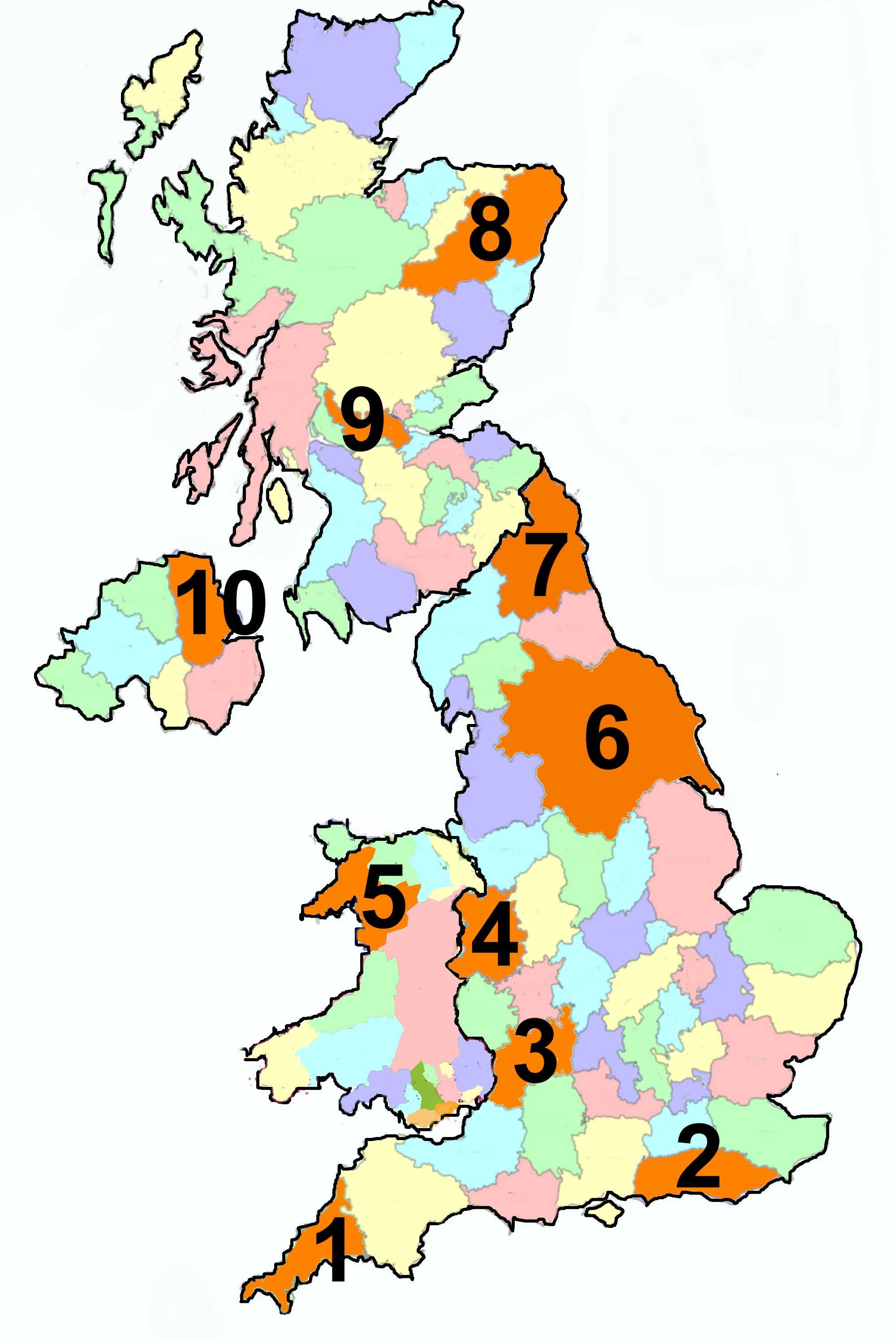
Where Am I? Trivia Quiz
UK Castles
Castles were built originally as fortifications against invaders. Many are now in ruins but some survived as homes and tourist attractions. Can you place the county in which these ten castles are situated?
A label quiz
by Midget40.
Estimated time: 3 mins.
